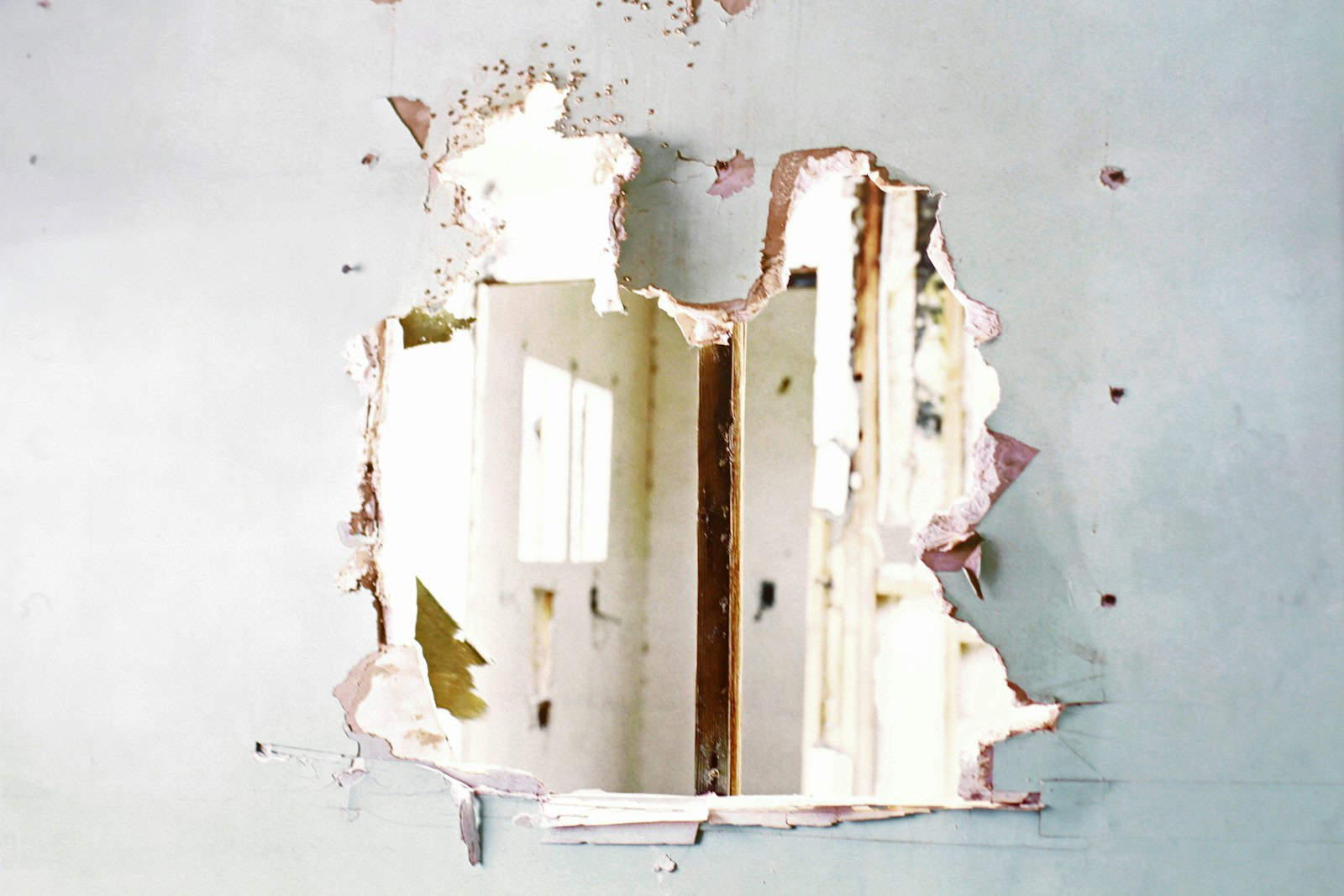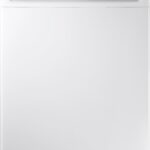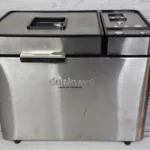Got holes or cracks in your drywall? Don’t worry, many fixes are easy and don’t need an expert. With the right tools and know-how, you can handle most drywall repairs yourself. This guide will answer common questions to help you get started.
Small holes from nails or picture hooks are usually simple to fix. You can fill them with spackle and touch up the paint. For bigger holes, you might need a patch. Make sure the area is clean before you begin any repairs to get the best results.
Does your drywall have more serious damage, like water stains? This might call for cutting out the affected area. Removing damaged drywall and replacing it can prevent bigger problems later. Remember, using joint compound can help create a smooth finish that’s ready for paint once it dries.
Identifying and Preparing for Drywall Repair
Knowing how to identify drywall damage and properly prepare for repair will save time and ensure your project goes smoothly. Here are the key steps to follow:
Assessing the Damage
First, look at the type and size of the damage. Small holes or cracks can be fixed with spackle, while bigger holes need more work. Check for popped nail heads, which happen when drywall nails come loose. For water damage, make sure to find and fix the source of moisture before repairing the drywall. Use a stud finder to see if the damage is near any wall studs. If the problem involves electrical or plumbing issues, consider calling a professional.
Gathering Necessary Tools and Materials
You will need several tools and materials to fix drywall:
- Drywall saw or utility knife
- Putty knife
- Drywall patch or patch kit
- Spackling or drywall joint compound
- Drywall tape or mesh drywall tape
- Sandpaper or sanding sponge
- Drywall screws
- Scrap lumber or furring strips
Additionally, get a self-adhesive mesh patch for medium holes. Have a stud finder handy. Keep a dust mask and gloves for safety. For water damage, you may also need construction adhesive.
Safety Precautions and Workspace Preparation
Before starting, turn off utilities to the area. This ensures you don’t hit electrical wires or plumbing. Wear a dust mask and gloves to keep safe from dust and debris. Cover the floor with a drop cloth to make cleaning up easier. Remove any furniture, pictures, or items hanging on the wall. Make sure you have good lighting, especially when using sharp tools like utility knives or saws.
These steps prepare you for fixing the drywall without unexpected problems.
Drywall Repair Techniques and Finishing Touches
Repairing drywall involves different methods depending on the size of the damage. These methods include patching small holes and filling large gaps. The finishing touches, like applying texture and paint, help the repaired area blend seamlessly.
Repairing Small to Medium-Sized Damage
For small holes, like those made by nails, spackle is often used. Apply a small amount of spackle with a putty knife. Scrape off the excess so it is smooth with the wall. Let it dry and then sand it lightly with fine-grit sandpaper.
Medium-sized holes can be fixed with a drywall patch. Cut a piece of drywall to fit the hole. Attach it using joint compound, which acts as a glue. Cover the patch with more joint compound, feathering the edges so it blends with the wall. Sand smooth once dry.
Fixing Larger Areas and Structural Damage
Large holes or structural damage need more sturdy repairs. First, clean the damaged area. Use a new piece of drywall to cover the gap. Secure it with drywall screws to the framing behind the wall. Use joint tape along the edges to prevent cracks.
Apply multiple layers of joint compound. The first layer should fill gaps and cover the tape. Let each layer dry before applying the next. Sand between layers for a smooth finish. Corner beads can be used for damaged corners to keep edges sharp and straight.
Surface Finishing and Texture Matching
Once repairs are done, the surface must look even. Start by applying a skim coat of drywall mud. A drywall knife helps spread the mud thin and even. Let it dry and sand it until smooth.
Textures can be tricky but matching them is essential. There are various kinds, like orange peel or knockdown. Special brushes or spray cans can help. Practice on a piece of cardboard first.
Finally, apply primer to the repaired area before painting. This ensures that the paint adheres well and matches the rest of the wall. Use paint that matches the existing color for the best results.
Frequently Asked Questions
This section covers the key questions about drywall repair, including effective techniques, types of repairs, and tips for concealing imperfections.
What are effective techniques for repairing damaged Sheetrock walls?
To repair small holes, use spackle and a putty knife. For medium holes, apply a patch and joint compound. Sand the area after it dries for a smooth finish.
What are the various types of repairs applicable to drywall?
Drywall repairs can include fixing nail holes, small dents, medium-sized holes, and large sections. Each type of damage requires a specific method and material for repair.
How can you swiftly and efficiently repair drywall?
Quick repairs can be done with pre-mixed joint compound and self-adhesive patches. For minor damage, use a sanding sponge to smooth the area after applying the compound.
What is the recommended waiting period before painting over newly repaired drywall?
It’s important to wait until the joint compound is fully dry. This usually takes 24 hours. After it dries, sand it smooth and prime before painting.
Is it possible to fix drywall damage without the need for complete replacement?
Yes, many types of drywall damage can be repaired without replacing entire sheets. Small to medium holes and cracks can often be fixed with patches and joint compound.
What strategies can be used to conceal imperfections after a drywall repair?
Use a texture spray to match the existing wall texture. Alternatively, apply a thin coat of paint or primer and then paint over the repaired area to blend it in.
How do I repair cracks in drywall?
For hairline cracks, apply a thin layer of joint compound, let dry, sand smooth, and repaint. For larger cracks, use mesh tape over the crack, apply joint compound, let dry, repeat if necessary, then sand and repaint.
How do I repair a hole in drywall?
The repair method depends on the size of the hole. For small holes (less than 6 inches), use a drywall patch kit. For larger holes, you’ll need to cut a square or rectangular section around the hole, install backing, and apply a new piece of drywall. Finish with joint compound, tape, sanding, and painting.
How do I repair drywall tape?
If the tape is loose or bubbling, gently cut away the loose portion and reapply a new piece of tape. Cover with joint compound, let dry, and sand smooth. If the tape is cracked, apply a thin layer of joint compound over the crack, let dry, and sand smooth.
How do I repair drywall corners?
Inside corners: Apply joint compound to the corner, embed paper tape, and smooth with a corner trowel. Outside corners: Install metal corner bead, apply joint compound, and feather the edges.
How do I repair drywall paper?
If the paper is torn or damaged, apply a small amount of drywall adhesive to the back of the paper and press it back into place. Smooth any wrinkles or bubbles. If the damage is extensive, you may need to patch the area with a new piece of drywall.
How do I fix drywall anchor holes?
Fill small holes with spackling paste or lightweight joint compound. For larger holes, use a wall anchor repair kit or insert a wooden dowel, cut flush with the wall, and fill with spackling paste or joint compound.
How do I fix drywall tape that’s bubbling?
Use a utility knife to slice open the bubble. Apply joint compound under the bubble, smooth it out, and let it dry. Sand the area smooth and repaint.
How do I fix drywall nail pops?
Drive new screws slightly above and below the popped nail. Drive the popped nail back into the wall. Cover the screw heads and nail head with joint compound, let dry, and sand smooth.
How do I fix drywall anchors pulling out?
Remove the old anchor and debris. For light loads, insert a new anchor of the same size. For heavier loads, consider using a toggle bolt or molly bolt.
How do I fix drywall around an outlet?
Turn off the power to the outlet. Remove the outlet cover. Use a utility knife to score around the damaged area. Carefully remove the damaged drywall. Cut a patch to fit the hole. Attach the patch with screws and cover with joint compound and tape. Let dry, sand, prime, and paint.
How do I fix drywall after removing wallpaper?
Wash the walls to remove any adhesive residue. Repair any damage to the drywall. Apply a primer to the walls before painting.
How do I fix drywall after removing tile?
Remove any old adhesive or mortar. Repair any damage to the drywall. Apply a skim coat of joint compound, let dry, sand smooth, and prime before tiling again.
How do I repair drywall after water damage?
First, address the source of the water leak. Remove any wet or damaged drywall. Let the area dry completely. Replace the damaged drywall with new pieces. Finish with joint compound, tape, sanding, and painting.







